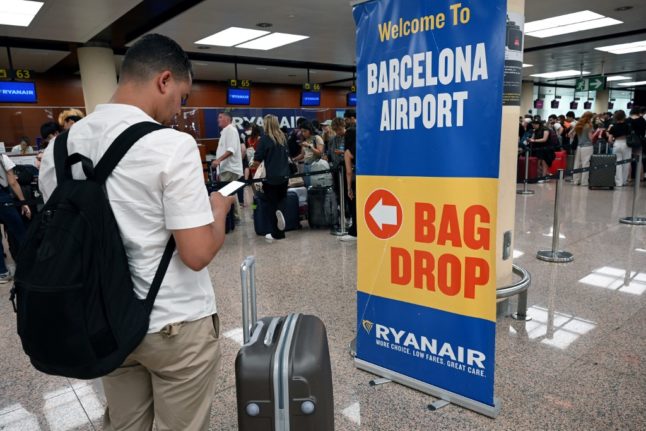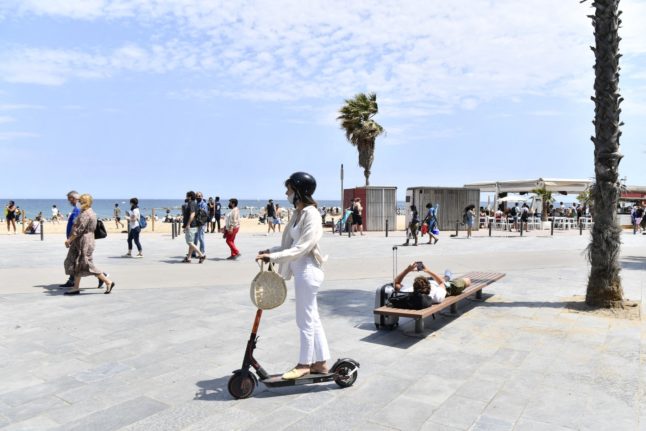Paying out more money doesn’t only begin when you arrive at your holiday destination, but when you arrive at the airport too. It’s not only food and drink that are more expensive, however, everything from parking to printing boarding passes can cost you extra.
Choose food establishments carefully
If you’re in the know, you can actually find cheap eats at Spanish airports. Hint, these are typically fast food chains rather than the independent or healthier options.
One Spanish influencer, Nerea (@ohlileven) discovered that she could eat at Madrid airport for just €2.40. Fries in McDonald’s at Madrid airport cost €1.20 and a chicken burger another €1.20, bringing the grand total for the meal to €2.40. You can find McDonald’s at many of the major airports across Spain.
Another cheap meal at some Spanish airports is 100 Montaditos. Classic small-filled sandwiches start at €1.45 each.
Find out about VIP lounges for long stopovers
Airport VIP lounges may sound like they’re only for business travellers or celebrities, but in fact, they can be used by anyone who pays for them. If you have a long stopover but don’t want the hassle of getting out of the airport and travelling into the city or you can’t, then these can be a good option and save you money.
VIP lounges in Spain typically cost between €25-€35 and offer you more comfortable seats than the general airport. They sometimes have showers and an open bar with snacks and drinks, making it a lot more affordable than paying for all those elements individually in the general airport.
READ ALSO: Spain to relax airport security rules for liquids and electronics in 2024
Bring a refillable water bottle
It’s still not possible to bring liquids that are more than 100ml through security in Spain and because of this, travellers often have to throw away their water and buy a new bottle once they’re through the other side. Shops and cafes often take advantage of this fact and can even charge over €4 for you to buy some more.
Bringing your own water bottle means that you can fill up at the fountains instead of wasting your money on overpriced water in the shops. It also means that your water will stay cooler if you want to take it on the flight with you too.
Look for parking deals
Parking at the airport can add on a lot of extra costs. The official AENA car park at Spanish airports costs between €14 and €60 per day, which can add up a lot if you’re on holiday for a week or two. Luckily, however, there are many alternatives and you don’t have to be stuck with these prices.
READ ALSO: How to save money on airport parking in Spain
The best way to find a good deal is to go to an airport parking comparison website such as Parkos or TravelCar. These enable you to find other alternatives to the official airport car park. If you reserve your spot well in advance, you can find some great deals. Looking for a parking space at Madrid-Barajas for example, there are options from €10, almost half the price of AENA.
Print your tickets or download them to your mobile
The issue of needing to have tickets and boarding passes for low-cost airlines before you arrive at the airport has caused problems for many. Perhaps you forgot, simply didn’t know or there was a technical error. Whatever it was, it’s likely you may have had to pay to get them printed upon arrival and paid a lot of extra money in the process.
Nowadays you can always download your ticket or boarding pass to your phone too. It’s always best to have them printed out though, in case your phone runs out of battery, breaks, or you lose it. Even if you don’t have a printer at home, it’s a lot cheaper to pay a couple of euros to get them printed at a shop, than to spend around €40 for the airline to do it for you.



 Please whitelist us to continue reading.
Please whitelist us to continue reading.
Member comments